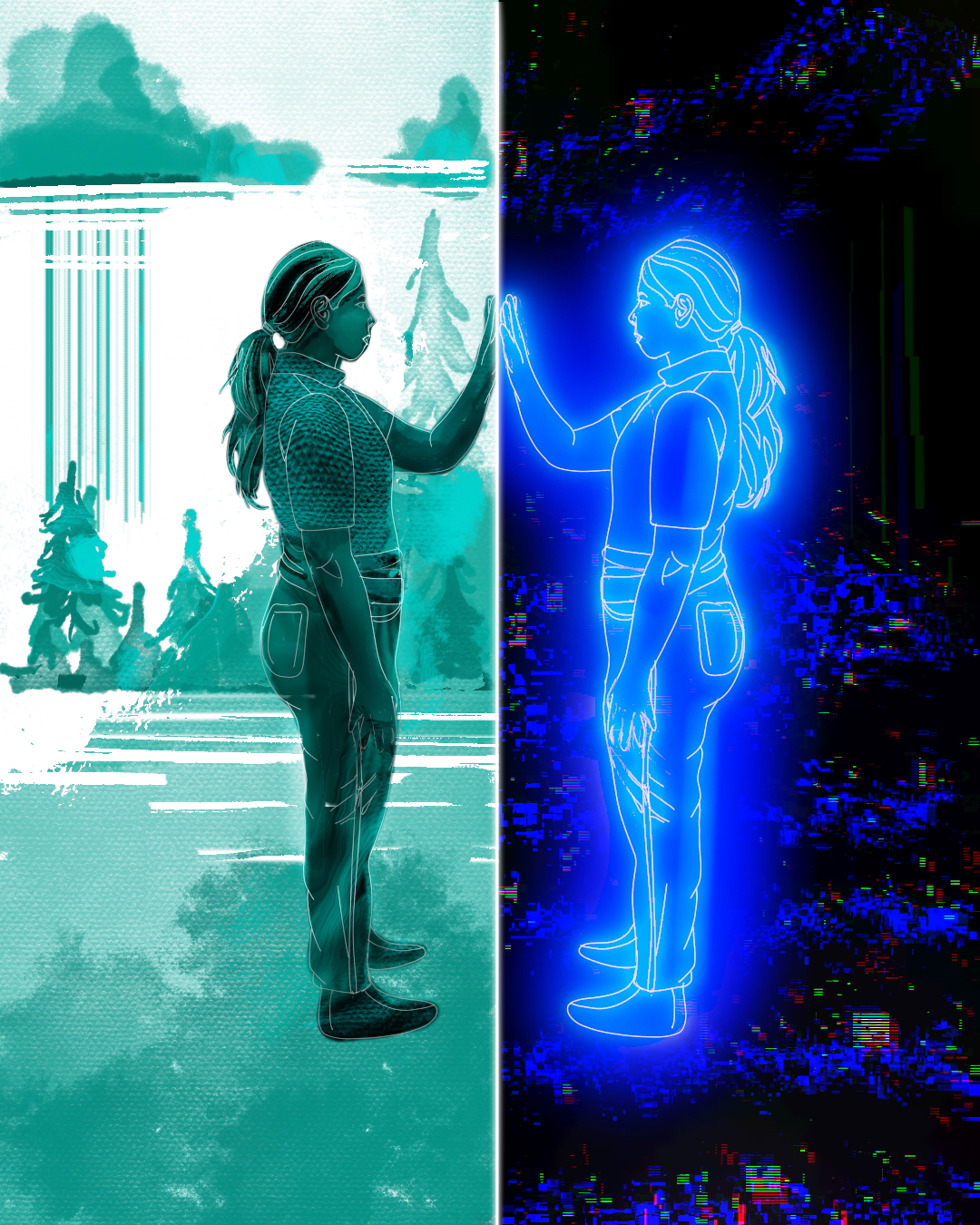Brain-Inspired AI Models May Act as ‘Digital Twins’ for Research

Understanding Digital Twins in Neuroscience
What are Digital Twins?
Digital twins are advanced computational models that simulate the biological mechanisms of animals, specifically in this context, the neural activity of mice. These models have shown remarkable abilities to mirror the brain’s responses to different visual inputs, such as videos and images. The success of these digital replicas is largely due to the significant amount of aggregated training data they utilize, leading to a high level of accuracy in their predictions.
The Power of Data
During the training of these digital twins, researchers gathered extensive datasets, which greatly enhanced the models’ performance. According to neuroscientist H. Sebastian Tolias, the depth and breadth of the training data were crucial for achieving impressive accuracy. Although these models were solely trained on neural activity, they demonstrated the capacity to generalize their findings to various data types, representing a significant leap in computational neuroscience.
Key Findings and Verifications
One notable achievement from creating a digital twin of a specific mouse involved predicting the anatomical locations and types of thousands of neurons within the visual cortex. This included identifying connections among these neurons. To verify these predictions, researchers compared them against highly detailed images obtained from electron microscope imaging of the mouse’s visual cortex. This work was a vital part of the larger MICrONS project, aimed at mapping the structure and function of the mouse visual cortex with unprecedented detail; the results were published in a leading scientific journal, Nature.
Revolutionizing Neuroscience Experiments
Endless Experimental Possibilities
Digital twins have the unique advantage of existing beyond the lifespan of the actual biological subjects from which they were created. This characteristic allows scientists to carry out a near-infinite number of experiments that would typically take years to conduct in real life. By using these simulations, researchers can accelerate their investigations into how the brain processes information and understand the underlying principles of intelligence.
Insights from Simulations
The research stemming from these digital twins is already paving the way for new discoveries. In a related study also published in Nature, scientists used a digital twin to investigate how neurons in the visual cortex form connections. This research revealed that neurons tend to connect based on shared responses to specific stimuli, such as color, rather than merely spatial factors—similar to how individuals might select friends based on shared interests rather than physical proximity.
Future Directions in Research
The potential applications of digital twins extend beyond the current work with mice. Researchers have plans to adapt these modeling techniques to study other brain regions and different species, including animals with higher cognitive functions like primates. As the technology advances, there’s an optimistic outlook on the possibility of creating digital twins of segments of the human brain.
Collaborative Efforts
The development of these digital twins has involved collaborative efforts from researchers at institutions like the University of Göttingen and the Allen Institute for Brain Science. The initiative has received substantial funding from various sources, including the Intelligence Advanced Research Projects Activity and grants from the National Science Foundation, thereby reflecting the project’s significance in advancing our understanding of brain science.
Continuing Research
As this research progresses, it represents only the beginning of what could be achieved through digital twins. The broader implications for neuroscience and our understanding of brain function could be profound, marking a new era in brain research.





